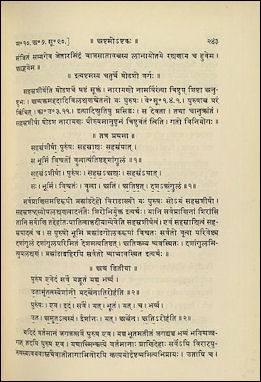

Vedah pratisthah sarve sarve purane natra samsayah This is explained in the following verse -īharata-vyapadesena hyamnayarthah pradarsitah

Hence the solution lies in the Puranas and the Itihasas. Therefore, we may conclude that although the Vedas are perfect sabda-pramana, it is impractical to become thoroughly conversant with the Vedas in this day and age in order to understand the Supreme. What to speak of the entire Vedas or even the 6% that still survives today! At present, amongst the brahmana communities in India, it is generally observed that vedadhyayana simply consists of memorising the text of one of the four Vedas ‘parrot-fashion’, but as we can see from above, there is much more to it than that. 1Īpart from that, it is practically impossible for those born in the age of Kali (who are generally ‘ mandah sumanda-matayo’) to memorise even the slightest thing. This entails primarily learning the basic grammar (which generally takes 12 years or so) and then memorising extra vocabulary in order to decipher the mystical language of the Vedas.

However, there are certain factors that make it practically impossible to study the Vedas in this age: After Srila Vyasadeva divided the Vedas into four books ( Rg, Yajur, Sama and Atharva), his disciples further divided them into 1,130 divisions. They constitute the means of receiving knowledge about the Absolute Truth.

REFUTATION: That the Vedas are eternal and apauruseya is a fact that all sampradayas, including the school of Sankara, unanimously agree with. Therefore, in order to validate your claims, you must give quotes from sruti only. They are auxiliary to the Vedas and hence their statements should be considered as secondary when compared to the statements made in the Vedas. The Vedas are eternal as they emanate from the Lord Himself ( apaurusaya), whereas the Puranas and smrti-sastras, although they give knowledge about God, are authored by men. OBJECTION: In your arguments you have mostly quoted purana-vakya (quotes from Puranic texts) to substantiate your points.


 0 kommentar(er)
0 kommentar(er)
